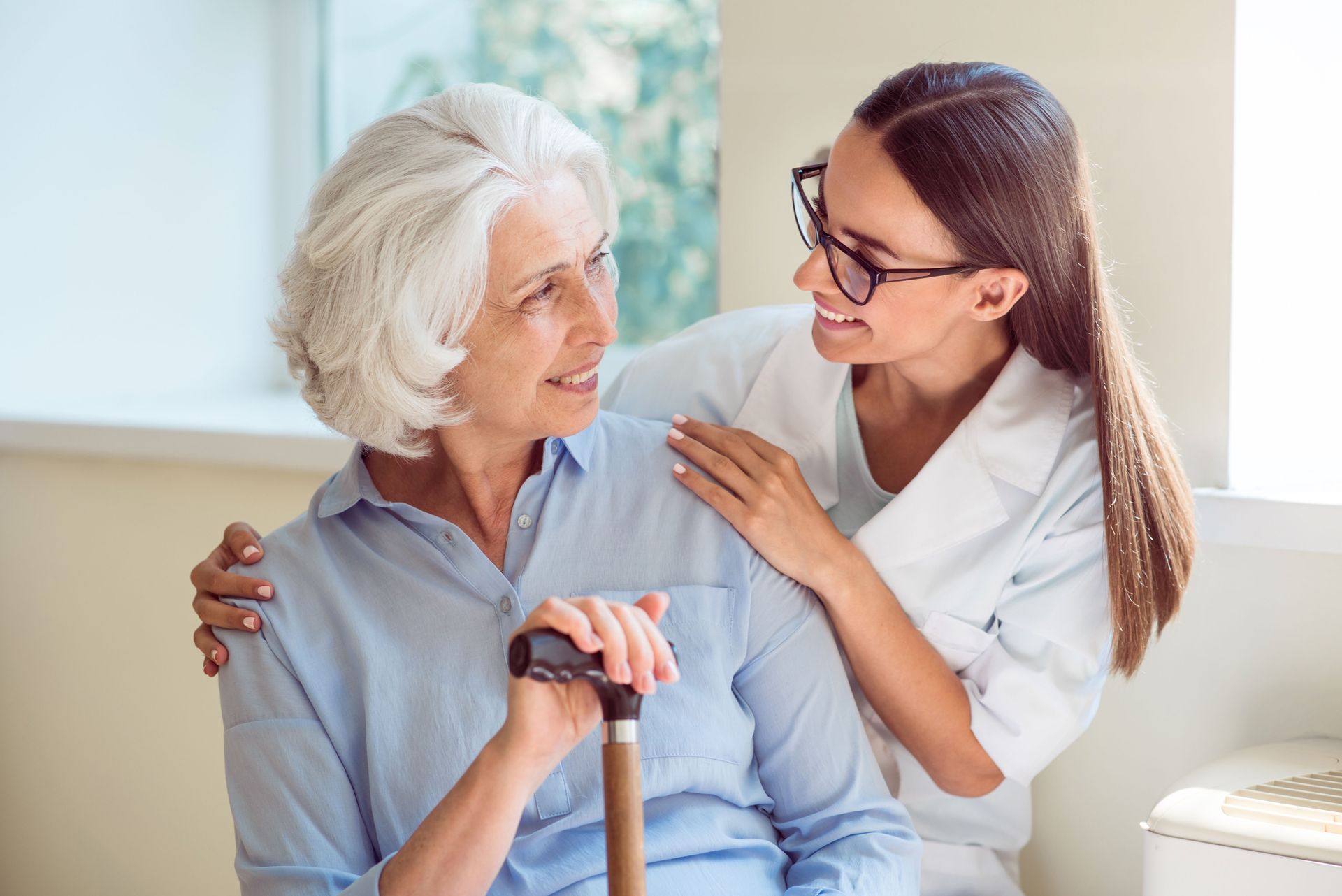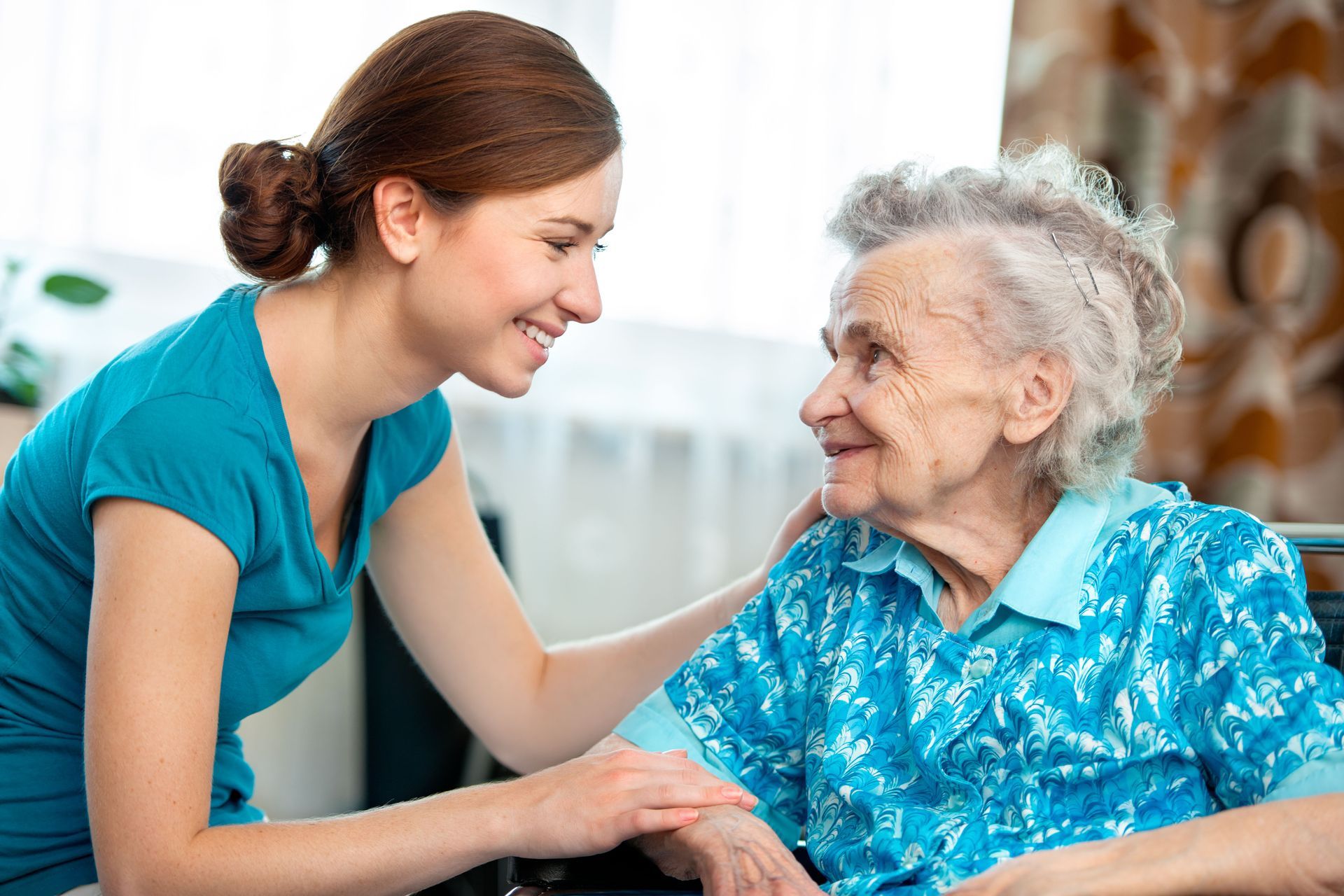What Daily Life Looks Like in a Modern Assisted Living Community
An assisted living community represents a forward-thinking approach to supporting the aging population, allowing individuals to enjoy life with dignity and independence. As these communities evolve, they incorporate cutting-edge amenities and personalized care plans tailored to individual needs. This is how modern assisted living facilities are transforming the landscape of elder care by enhancing the quality of life for their residents through a multifaceted approach.
Understanding Modern Assisted Living
An assisted living community is a residential setting designed to provide support to older adults who require help with daily activities while maintaining a degree of independence. Their primary purpose is to offer a safe and supportive environment that encourages autonomy while ensuring necessary care. These communities bridge the gap between independent living and nursing homes, providing a middle ground for those who need assistance yet do not require full-time medical supervision. Residents typically have their own private living spaces and access to communal facilities and activities. The goal is to enhance the quality of life by reducing isolation, promoting social interaction, and ensuring access to medical support when needed.
Assisted living communities have significantly evolved, adapting to the changing needs of the aging population and advancements in healthcare. These communities have pivoted from a one-size-fits-all model to more personalized care approaches, reflecting the diverse preferences and needs of their residents. Through improvements in design, technology, and individualized care plans, assisted living has become a desirable option for many older adults. According to the World Health Organization, the number of people over 60 worldwide is expected to increase from 12% in 2015 to 22% by 2050, highlighting the increasing demand for such tailored services.
Modern assisted living communities boast a variety of features and amenities that cater to the physical, social, and emotional well-being of their residents. Technology integration allows residents to stay connected with loved ones, participate in virtual activities, and manage their health records online. The availability of these amenities ensures that residents in an assisted living community can lead fulfilling lives with easy access to the services they need to stay healthy and engaged.
Experiencing Daily Schedules and Activities
Daily routines in assisted living are meticulously structured to provide residents with a sense of normalcy and security. Scheduled activities might include exercise classes, arts and crafts sessions, and group outings to local attractions. These routines are designed to offer a balance of stability and variety, ensuring residents can participate in enjoyable activities while also maintaining their health and well-being. Many facilities use input from residents to tailor schedules according to individual preferences and needs, demonstrating a commitment to personalized care. This structured approach not only keeps residents engaged but also fosters a sense of community and belonging.
Leisure and recreation play a pivotal role in enhancing the quality of life within an assisted living community. A diverse array of activities is available to cater to various interests, from book clubs and gardening to music therapy and movie nights. Participating in these recreational activities helps residents maintain physical and mental agility, which is crucial for aging healthily. Residents are encouraged to pursue hobbies and interests, either independently or in group settings, fostering social connections and personal growth. This vibrant lifestyle contributes to a dynamic environment where residents can age actively and joyfully.
Socialization is a vital aspect of life in assisted living, as it combats loneliness and fosters a supportive network. Community engagement activities often include collaborations with local organizations, offering opportunities for residents to contribute to society. Such involvement boosts self-esteem and reinforces a sense of purpose for many older adults. Thus, assisted living becomes a place of vibrant interaction, where residents feel connected and valued.
Providing Healthcare and Support Services
Modern assisted living communities provide on-site medical assistance to ensure that residents have immediate access to healthcare when needed. This accessibility reduces the need for frequent off-site doctor visits, offering residents peace of mind and security. Regular health assessments and preventative services further promote well-being and early detection of potential conditions. By maintaining a strong healthcare presence, these communities enhance residents' safety, comfort, and overall satisfaction.
Effective medication management is critical in an assisted living community, as many residents rely on complex regimens to maintain their health. Staff members are trained to handle medication distribution accurately and in a timely manner, minimizing the risk of errors. Residents are encouraged to be active participants in their medication management, fostering independence and understanding of their health. This structured approach helps prevent complications, supporting residents' overall health and quality of life.
Routine health check-ups are standard practice in assisted living communities, allowing for proactive management of residents' health. These assessments help identify potential issues early, leading to timely interventions and better health outcomes. Health screenings are typically coordinated by on-site healthcare providers, covering vital signs, mobility, cognitive functions, and chronic condition management. Check-ups can include consultations with specialists such as physical therapists or occupational therapists to address specific health concerns. Regular monitoring supports informed decision-making regarding residents' care, promoting a proactive approach to health management.
Assisted living communities often maintain close coordination with external healthcare providers to ensure comprehensive care for residents. Collaboration with local hospitals, clinics, and specialists facilitates access to specialized treatments and services not available on-site. This partnership helps streamline communication, enhancing continuity of care and supporting residents' medical journeys.
Embracing Technology and Connectivity
Technology plays a pivotal role in enhancing daily life within assisted living, facilitating a range of activities from communication to leisure. Residents have access to devices and software that support cognitive engagement, entertainment, and practical tasks, enriching their daily experiences. Interactive platforms for video games, online learning, or digital art are popular, bolstering mental stimulation and creativity. Technology also aids in managing daily tasks, from online grocery shopping to booking appointments, fostering independence. As a result, residents enjoy a contemporary lifestyle that bridges traditional care with modern convenience.
Internet access is a fundamental amenity in an assisted living community, connecting residents with family, friends, and essential information. High-speed Wi-Fi is available throughout communal areas and individual residences, enabling video calls, social networking, and online activities. Residents are encouraged to utilize digital communication platforms to maintain strong ties with loved ones, combating isolation and enhancing social bonds. This commitment to connectivity supports emotional well-being by ensuring that residents remain linked with the outside world.
Virtual engagement opportunities abound in an assisted living community, offering residents avenues for entertainment, learning, and interaction. Virtual classes, religious services, and interest-based meetings allow residents to explore new hobbies, deepening their community involvement. Residents can attend webinars on various subjects, from nutrition to history, providing lifelong learning opportunities without the need to leave their residences. Online forums and social media groups also facilitate interactions among residents with similar interests, cultivating friendships and a sense of community. These virtual avenues ensure that residents can remain active participants in diverse activities, regardless of physical limitations.
Daily life in a modern assisted living community is designed to balance independence, care, and engagement. With structured schedules, recreational opportunities, socialization, advanced healthcare services, and modern technology, these communities foster an environment where older adults can thrive. By providing both support and autonomy, assisted living empowers residents to age with dignity, confidence, and joy while maintaining meaningful connections to others and to the world around them. To learn more about modern assisted living options, contact Eldercare Connections today!






Share On: